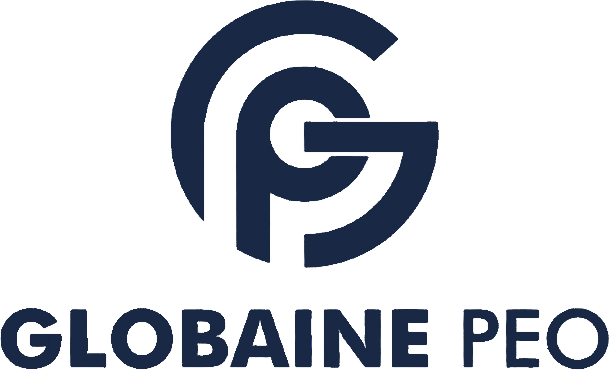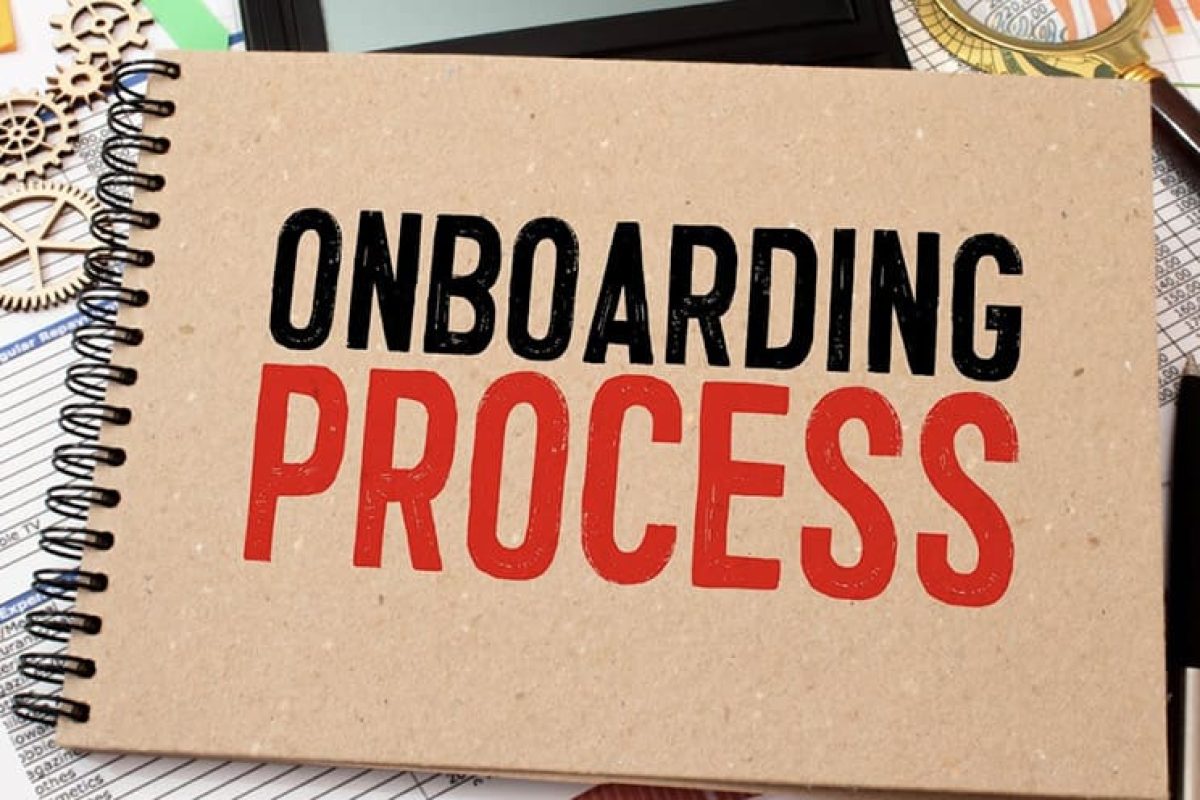Key documents for employee onboarding in Poland are essential to ensure new hires are successfully integrated into your organization while complying with Polish labor laws. Below is a comprehensive guide to the key documents and processes required for onboarding employees in Poland:
Onboarding Process: Step-by-Step Explanation
Step 1: Job Offer and Acceptance 📩
Trigger: After selecting the right candidate.
Action:
- Job Title: Clearly define the position, job responsibilities, and reporting structure.
- Compensation: Specify salary, bonuses, allowances (e.g., transportation or meal vouchers), and other benefits.
- Start Date: Set an agreed-upon date for the employee to begin work.
- Working Hours: Indicate the standard working hours (usually 40 hours per week in Poland).
- Benefits Overview: Outline mandatory benefits, including health insurance, vacation days, and pension contributions.
- Probation Period: Typically 3 months, allowing either party to terminate with shorter notice periods.
Outcome: A signed offer letter confirms the candidate’s acceptance and initiates the formal contract process.
Step 2: Employment Contract 📝
When It’s Used: After the job offer is accepted.
Action:
- Job Description: Clearly outline the role and its associated responsibilities.
- Compensation: State salary, overtime rates, and additional benefits.
- Leave Entitlements:
- Annual Leave: Employees are entitled to at least 20 days per year, increasing to 26 days for employees with 10+ years of work experience.
- Sick Leave: Paid sick leave is provided, typically covered by the Social Insurance Institution (ZUS) after the employer’s initial coverage period.
- Parental Leave: Paid maternity and paternity leave as per Polish labor laws.
- Working Hours: Define standard hours and overtime policies (overtime is compensated with time off or a higher pay rate).
- Termination Terms: Specify notice periods based on the length of service, from 2 weeks to 3 months.
Outcome: A signed employment contract ensures legal compliance and clear agreement between both parties.
Step 3: Work Permit and Residency 📑
When It’s Used: Before the employee begins work (for non-EU/EEA nationals).
Action:
- Work Permit: Foreign employees must obtain a work permit or equivalent legal authorization. Employers typically sponsor this through Polish immigration authorities.
- Visa and Residency: Non-EU employees may need to secure a visa and/or residency permit.
- Medical Examination: Pre-employment health checks are mandatory in Poland.
Outcome: The employee is legally authorized to live and work in Poland.
Step 4: Tax and Social Security Registration 💰
When It’s Used: Before the first salary payment.
Action:
- Tax Identification: Register the employee with the Polish tax authorities and provide their Tax Identification Number (NIP).
- Social Security (ZUS): Employers must register employees with the Social Insurance Institution (ZUS) to facilitate contributions for pensions, healthcare, and other benefits.
- Bank Account: Employees are required to have a local bank account for salary payments.
Outcome: Employees are fully integrated into the payroll system and compliant with tax regulations.
Step 5: Health and Safety Orientation 🦺
When It’s Used: On the employee’s first day or earlier.
Action:
- Safety Training: Provide mandatory health and safety training tailored to the role.
- Emergency Procedures: Train employees on workplace emergency protocols, including evacuation plans.
- PPE Provision: Issue necessary personal protective equipment (PPE) for roles in hazardous environments.
Outcome: Employees are prepared to operate safely in the workplace.
Step 6: Payroll and Benefits Enrollment 📊
When It’s Used: Within the first week of employment.
Action:
- Bank Details: Collect details for salary processing.
- Benefits Registration: Ensure the employee is enrolled in health insurance, pension schemes, and other mandatory benefits.
- Additional Benefits: Discuss optional benefits like meal vouchers, transportation allowances, or private health insurance.
Outcome: Employees are seamlessly integrated into the company’s payroll and benefits systems.
Step 7: Policies, Training, and Feedback 📚
When It’s Used: Throughout the first month and probationary period.
Action:
- Company Policies: Share workplace guidelines, such as the code of conduct and anti-discrimination policies.
- Role-Specific Training: Conduct training sessions on job-specific tasks, company culture, and values.
- Feedback Mechanisms: Provide structured feedback to assess performance during the probationary period.
Outcome: Employees are fully aligned with organizational expectations and equipped to succeed in their roles.
Summary Table of Key Onboarding Steps in Poland
| Step | Action/Details |
|---|---|
| Step 1: Job Offer | Job Title, Compensation, Start Date, Working Hours, Benefits |
| Step 2: Employment Contract | Job Description, Salary, Leave Entitlements, Termination Terms |
| Step 3: Work Permit & Residency | Work Permit, Visa/Residency, Medical Examination |
| Step 4: Tax & Social Security | Tax Registration (NIP), Social Security (ZUS), Bank Account Setup |
| Step 5: Health & Safety | Safety Training, Emergency Procedures, PPE |
| Step 6: Payroll & Benefits | Bank Details, Health Insurance, Pension Contributions, Additional Benefits |
| Step 7: Policies & Training | Code of Conduct, Job-Specific Training, Feedback Mechanisms |
Key Takeaways
- Employment contracts in Poland must clearly define job roles, compensation, leave entitlements, and termination terms.
- Work permits and residency are required for foreign employees and must be obtained before employment begins.
- Tax and social security registration are mandatory for all employees.
- Health and safety training is compulsory and ensures compliance with workplace regulations.
- A structured onboarding process facilitates a smooth transition and long-term employee satisfaction.
GlobainePEO – Your Trusted Partner
By partnering with GlobainePEO, you can streamline the onboarding process in Poland. We manage compliance, payroll, and benefits, ensuring that all legal requirements are met, so you can focus on growing your business with confidence.

